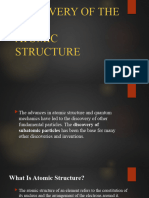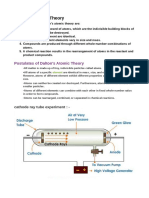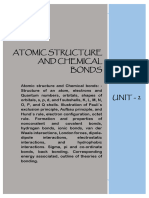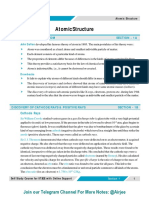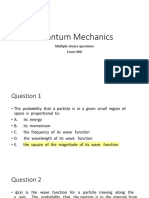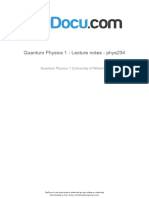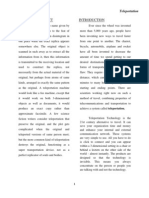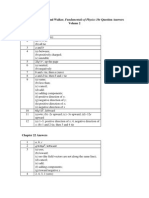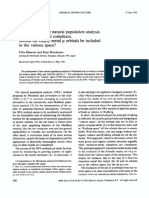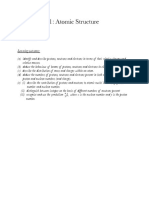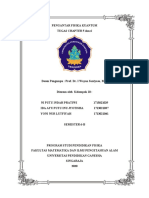0% found this document useful (0 votes)
24 views7 pagesStructure of Atom
Dalton's Atomic Theory posits that all matter consists of indivisible atoms, with unique masses for different elements, and explains chemical reactions as rearrangements of these atoms. Thomson's model introduced electrons within a positively charged sphere, while Rutherford's work identified the nucleus as the atom's core, leading to the conclusion that electrons orbit around it. Bohr's model further refined atomic structure by introducing quantized energy levels for electrons, although it has limitations in explaining complex atomic behaviors.
Uploaded by
AkshCopyright
© © All Rights Reserved
We take content rights seriously. If you suspect this is your content, claim it here.
Available Formats
Download as PDF, TXT or read online on Scribd
0% found this document useful (0 votes)
24 views7 pagesStructure of Atom
Dalton's Atomic Theory posits that all matter consists of indivisible atoms, with unique masses for different elements, and explains chemical reactions as rearrangements of these atoms. Thomson's model introduced electrons within a positively charged sphere, while Rutherford's work identified the nucleus as the atom's core, leading to the conclusion that electrons orbit around it. Bohr's model further refined atomic structure by introducing quantized energy levels for electrons, although it has limitations in explaining complex atomic behaviors.
Uploaded by
AkshCopyright
© © All Rights Reserved
We take content rights seriously. If you suspect this is your content, claim it here.
Available Formats
Download as PDF, TXT or read online on Scribd
/ 7


















